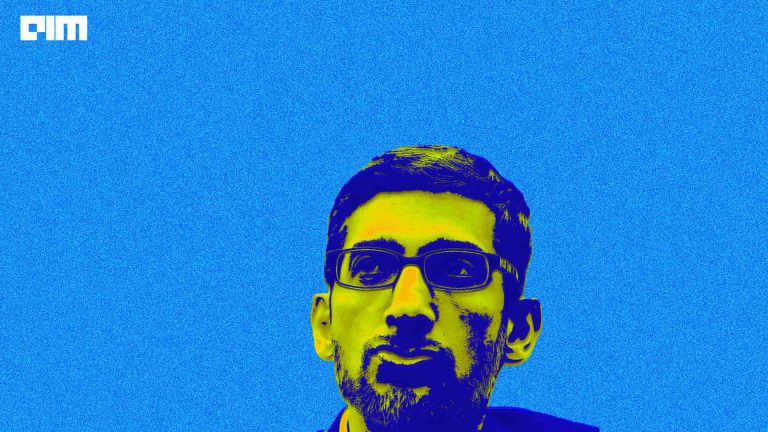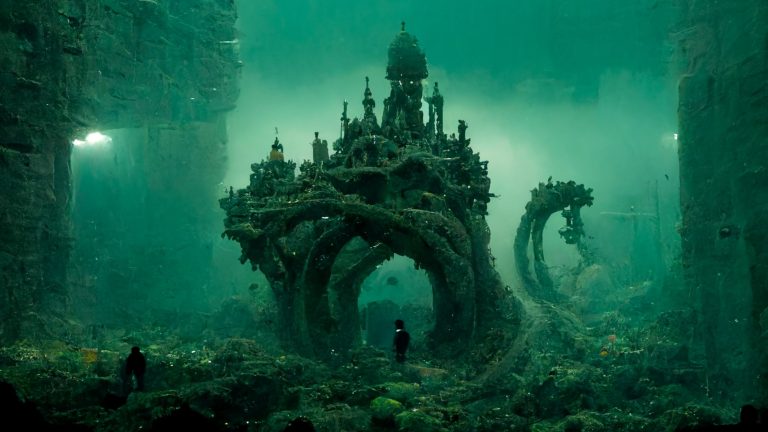Researchers from the interdisciplinary fields of computational sciences and neuro sciences usually take the anthropomorphic design approach to mimic human understanding of conceptual foundations.
The researchers usually suggest this bottom-up approach to understand intelligent architectures because simple nervous systems(number of neurons that can be mapped) found in nature, like that of nematodes, are biophysically simulated to check how well they incorporate biomechanics in a simulated environment.
Last year, a study aimed at AI safety by Gopal Sarma and his team in collaboration with Vicarious AI built realistic simulations of simple organisms like fruit flies and zebrafish. The roots of this approach are structured in neuropsychology.
Recently, the field of connectomics added another tool to its diverse portfolio gathered from rich interdisciplinary advantage. Cambridge University in collaboration with Google AI and Howard Hughes Medical Institute (HHMI) Janelia Research Campus and Cambridge University, published their research on how they have automated the reconstruction of the entire fruit fly brain.
Wiring Natural Neural Networks

Fruit flies have been the go-to choice for neural networks mapping for a long time now. Eight Nobel Prizes have been awarded for fruit fly research that has led to advances in molecular biology, genetics, and neuroscience.
Fruit fly brains are relatively small (one hundred thousand neurons) compared to, for example, a human brain (one hundred billion neurons). This makes fly brains easier to study as a complete circuit.
So the researchers at HHMI sectioned a fly brain into thousands of ultra-thin 40-nanometer slices. Each slice is then imaged using a transmission electron microscope. This process led to generation of a colossal 40 trillion pixels.
Reconstruction of a tiny fruit fly’s brain needed more than 1000 Cloud TPUs. And to compensate for the loss of information during the alignment of slices, locally stabilized the image content as the Flood-Filling Networks FFN traced each neuron. FFN uses convolutional neural networks, but contains in addition a recurrent pathway that allows the iterative optimization and extension of individual neuronal processes.
Then a “Segmentation-Enhanced CycleGAN” (SECGAN) was used to make up for the missing slices in the image volume. SECGANs are a type of generative adversarial network(GAN) and they alleviate one of the main practical burdens involved in pursuing automated reconstruction of volume electron microscopy data.
These 2D results were then stitched into produce a coherent, 3D image volume of the entire fly brain.
The team behind the success of this image processing behemoth have released their work in the form of an interactive platform Neuroglancer. It is an open-source project (github) that enables viewing of petabyte-scale 3D volumes, and supports many advanced features such as arbitrary-axis cross-sectional reslicing, multi-resolution meshes, and the powerful ability to develop custom analysis workflows via integration with Python.
God Doesn’t Play Dice
The description of neural function in terms of the circuit architecture of individual neurons and their connections remains a fundamental goal in neurobiology. Progress towards this goal has recently been enabled by advances in “connectomics”, specifically nanometer-resolution volume imaging as well as computational methods for visualizing and annotating 3d image data.
Works such as these benefit AI systems which have been inspired by sensorimotor integration in embedded organisms. In an attempt to map the neural models of real life creatures, the researchers have drastically improved the ability of image processing models while also enabling to visualise the inner workings of a biological creature.
Spotting similarities, basking in patterns and drawing analogies are unique characteristics, that we as a species have imbibed into our biological formula. With biomimetics, we have set new standards for human intelligence. Deep learning algorithms like neural networks are one such byproduct of our innate desire to master this world and play God.





















































































